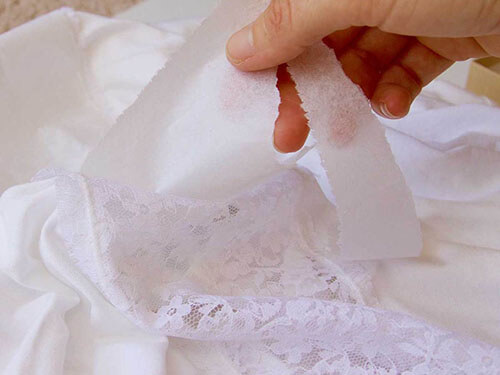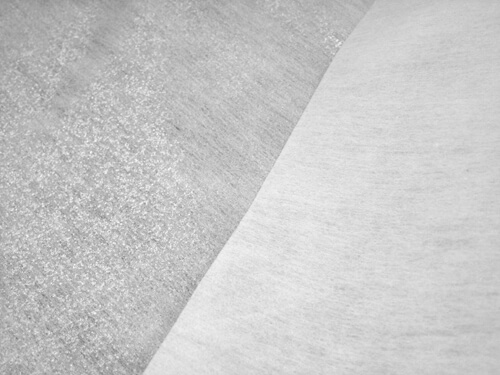The difference between stabilizer and interfacing.
If you’ve worked machine embroidery, you’ve already used a stabilizer. There are two types of interfacing, woven interfacing and non-woven interfacing. But there is only one type of stabilizer, non-woven stabilizer. Both of stabilizer and interfacing have the similar feeling in touch. But they are different in the functions and production process.
A stabilizer is a temporary backing designed to hold your fabrics as stronger as possible during the production. With your sewing machine’s needle going in and out as fast as six times per second, the fabric wants to move up and down with it. But even a slight movement can produce uneven stitch quality. Stabilizer give the fabrics enough power to keep the shapes and stable during stitching process. Once the stitching is done, the fabric no longer needs the support, so the stabilizer can be cut, torn or rinsed away. So the stabilizers are always used in embroidery and sewing based on it’s function.
Compared with stabilizer, interfacing always stays put after production. No matter it’s sewn in or ironed on, interfacing offers support for the fabric throughout the entire life of the item.
The manufacturing of stabilizer and interfacing are also different. Even though they both might be non-woven, they have different characteristics. A stabilizer is manufactured to be rigid in all directions, while interfacing may give support in one direction while easily flexing in another.
Stabilizer likes a paper or a film, and always used in embroidery and sewing. But interfacing like a kind fabric, and used in the clothes and garments. If you have any ideas about stabilizer and interfacing, welcome to send us email for any assistance.


